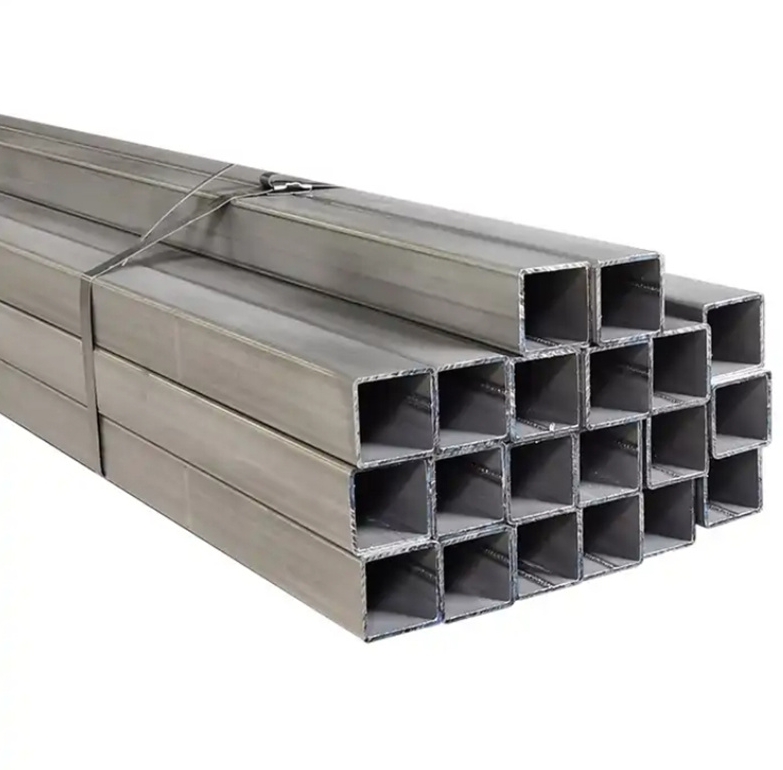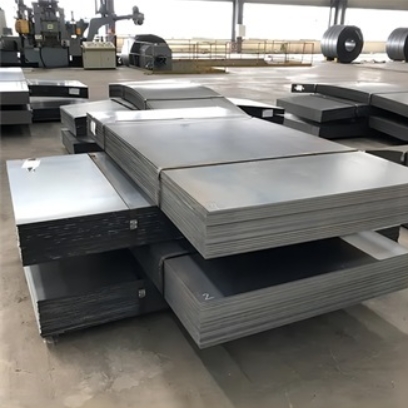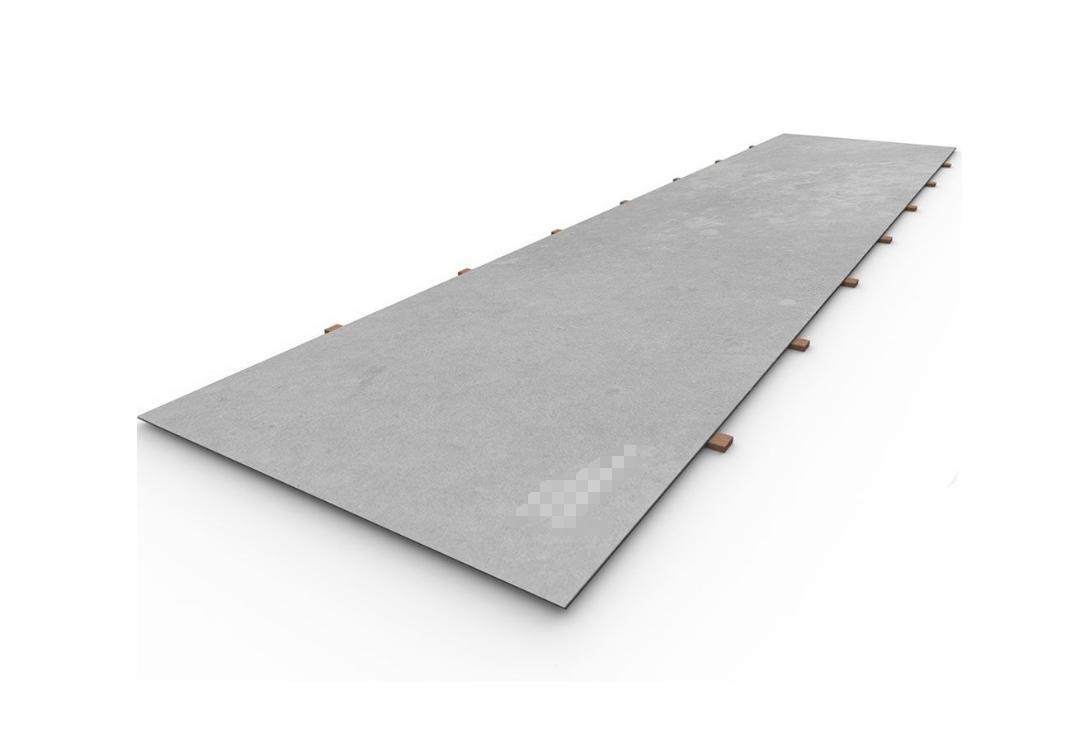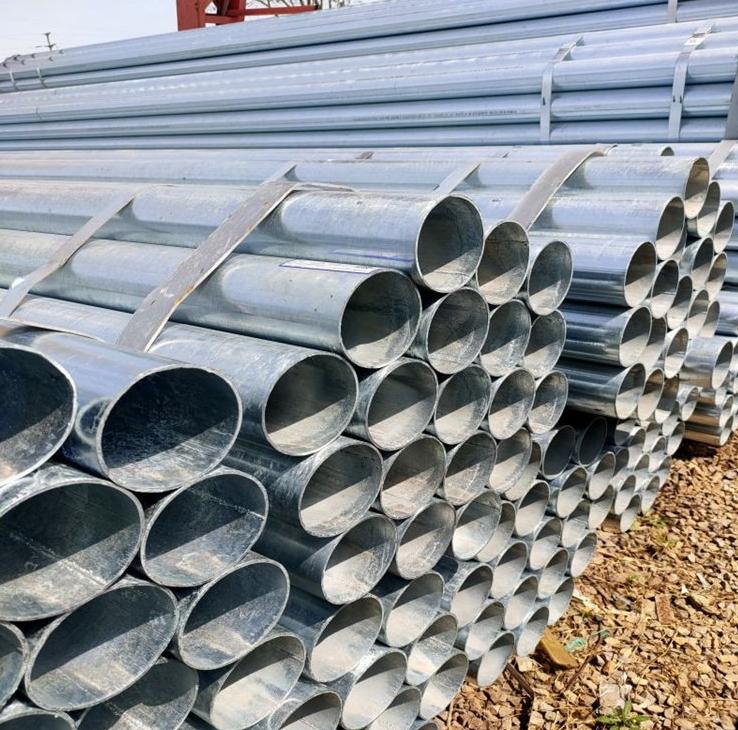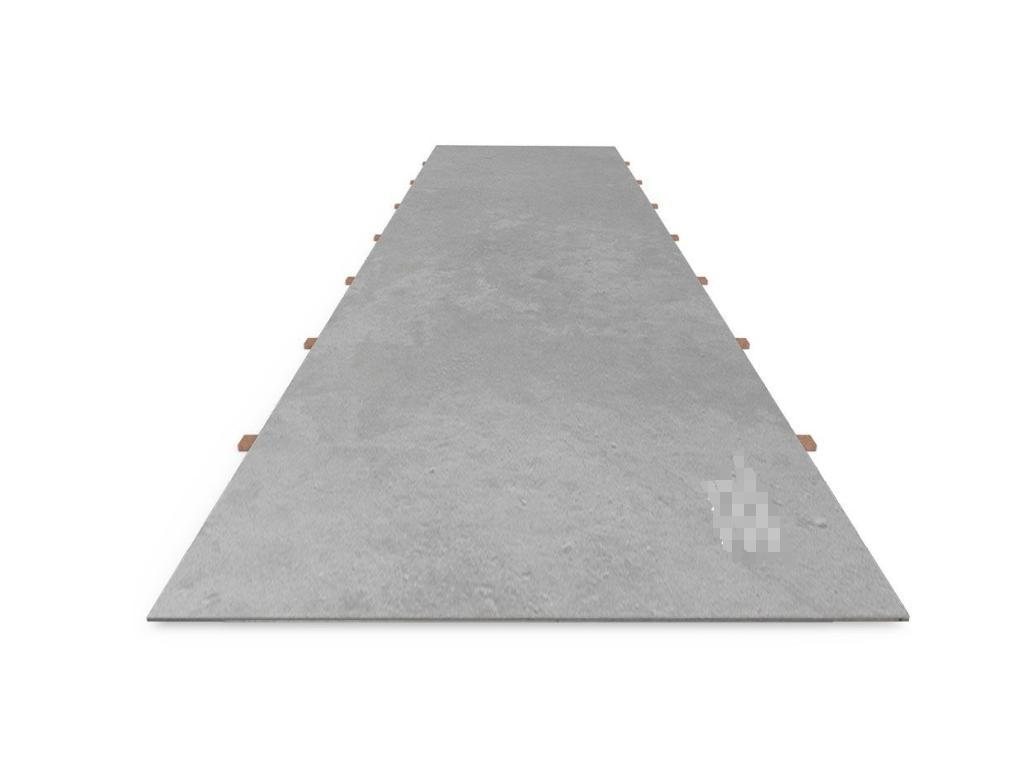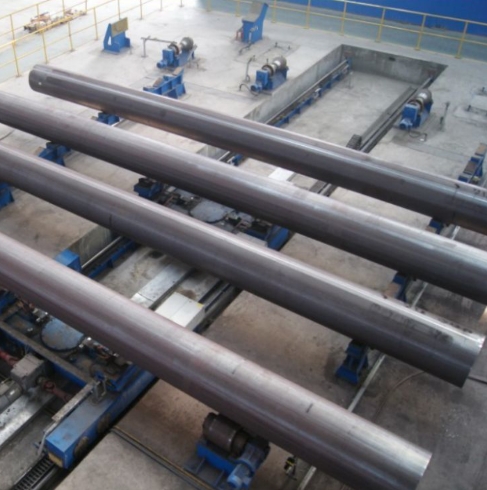The designation “1/4 split l w high-alloy steel plated” refers to a specific type of steel product. “1/4” typically indicates a thickness of 1/4 inch. “Split l w” suggests the material is cut or “split” to specified lengths (l) and widths (w) from a larger stock, such as a coil or master plate. The core material is “high-alloy steel,” which contains significant percentages of alloying elements beyond carbon to achieve enhanced properties. Finally, “plated” means the steel has an additional metallic coating applied to its surface.
Core Material: High-Alloy Steel Characteristics
High-alloy steels are engineered for demanding applications where superior mechanical properties and resistance to specific environments are crucial. The addition of elements like chromium, nickel, molybdenum, vanadium, and tungsten can significantly improve:
- Strength and Hardness: Achievable through both alloying and heat treatment processes like quenching and tempering.
- Corrosion Resistance: Particularly with elements like chromium (stainless steels) and nickel.
- Wear Resistance: Enhanced by hard carbides formed by elements such as tungsten and vanadium.
- High-Temperature Strength: Certain alloys maintain their integrity at elevated temperatures.
The precise composition and heat treatment define the final characteristics. General heat treatment involves heating the steel to austenitize it, followed by rapid cooling (quenching) to form martensite for hardness, and then tempering to improve toughness. Many specialized grades are available from suppliers such as Shanxi Luokaiwei Steel Company to meet diverse engineering requirements.
The Significance of Plating on High-Alloy Steel
While high-alloy steels often possess inherent corrosion resistance, plating can offer additional benefits or specialized surface properties. The plating material (e.g., zinc, nickel, chromium, cadmium, or more specialized coatings) is chosen based on the application’s needs:
- Enhanced Corrosion Protection: Providing an extra barrier, especially in very aggressive environments or for galvanic protection.
- Wear Resistance: Hard chrome plating, for example, can further improve surface durability.
- Solderability or Electrical Conductivity: Coatings like tin or silver can be applied for specific electrical applications.
- Aesthetic Appeal: Certain platings offer a desired finish.
The decision to plate high-alloy steel depends on a cost-benefit analysis and the specific performance enhancements required beyond what the base alloy offers.
Dimensional Aspects: 1/4 Inch Thickness and “Split L W”
A 1/4 inch thickness provides substantial structural integrity for various applications. The “split l w” specification indicates that the steel plate is supplied in pre-cut dimensions rather than standard mill sizes. This suggests a requirement for components ready for assembly or further specific fabrication, minimizing on-site cutting and scrap for the end-user. The precision of these cuts is often critical for subsequent manufacturing steps. Reputable suppliers, including Shanxi Luokaiwei Steel Company, may offer custom cutting services or provide material already processed to such specifications.
Key Considerations for Application
When working with 1/4 split l w high-alloy steel plated material, several factors must be considered:
- Weldability: High-alloy steels can be challenging to weld. The high alloy content can lead to issues like cracking or loss of corrosion resistance in the heat-affected zone. Specific welding procedures, pre-heating, post-weld heat treatment, and specialized filler materials (e.g., low hydrogen electrodes for some high-strength variants) are often necessary. The plating may also need to be removed locally before welding and reapplied afterward.
- Machinability: The hardness and toughness of high-alloy steels generally make them more difficult to machine than plain carbon steels. Appropriate cutting tools, speeds, and feeds are required.
- Formability: Depending on the specific alloy and its heat treatment condition, forming operations may be limited.
- Impact of Plating: The plating itself can influence subsequent processing steps and the material’s in-service performance. Adhesion of the plating is critical.
Selecting the correct grade of high-alloy steel and the appropriate plating requires a thorough understanding of the application’s demands. Consulting with material experts or experienced manufacturers like Shanxi Luokaiwei Steel Company can be invaluable in navigating these complexities and ensuring optimal material selection for performance and longevity.



